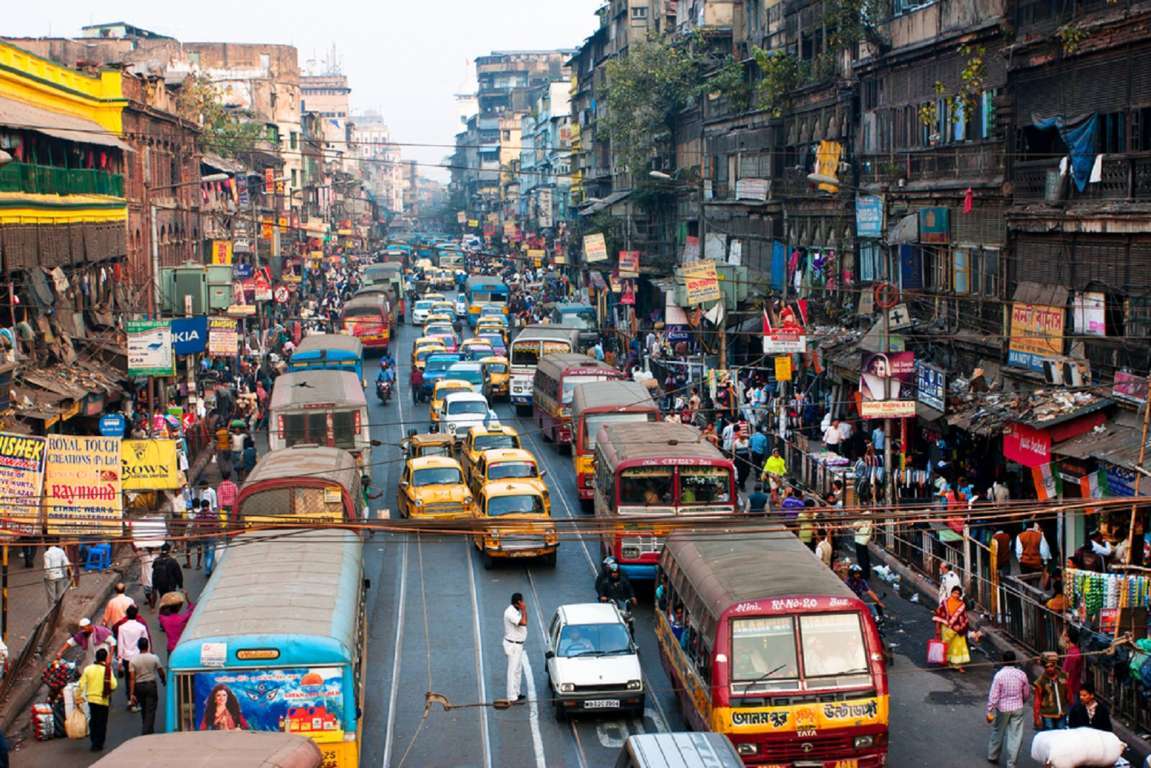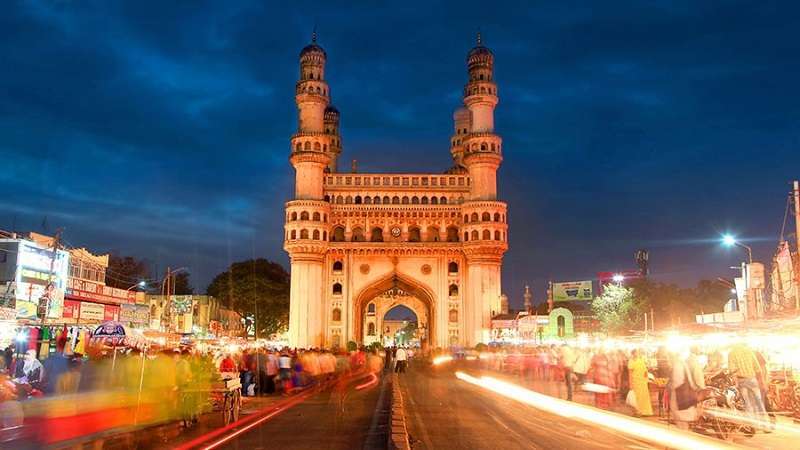WALKABILITY- A SYNONYM TO URBAN MOBILITY
WALKABILITY- A SYNONYM
TO URBAN MOBILITY
Shreeparna Sahoo, M.Plan, SPA-B
URBAN MOBILITY
Urban mobility is taken as a synonym of making flyovers and
expressways in a large number of the developed countries today. A huge segment
of strategy creators actually feel that streets are intended for vehicular
development as it were. Then again, an individual by walking or on a cycle is
normally disregarded. Just pedestrianizing roads, redirecting or controlling
vehicular traffic development, isn't what is wanted. Combining city texture and
individuals' versatility will be the intention
As a planner, one necessity to comprehend that it isn't
shaping down of automated traffic in urban societies yet rather steady loss of
automated traffic by urban communities, which hold the way to sustainable
mobility. Planners need to advance desired city utilizes that end up being in
conflict with mechanized traffic. These requirements would absolutely limit the
vehicular street bed, however on the off chance that that causes our urban
areas to figure out how to cultivate purposely to the essential generators of
variety, at that point mainstream and fascinating walkways would develop and
their need would be advocated. There is a critical need to address this issue
in Indian social orders. There are still no substantial planning interventions or
approaches to have more walk able neighborhoods or practical land use
arrangement, which harmonizes walkability alongside mass transportation.
CONCEPT OF WALKABILITY AND WALKABILITY IN CITIES
Department of Planning, Public Policy and Management
Oregon, defines “Walkability as a measure of the urban
form and the quality and availability of pedestrian infrastructure contained
within a defined area. Pedestrian infrastructure includes amenities developed
to promote pedestrian efficiency and safety such as sidewalks, trails, [and]
pedestrian bridges
Overall, pedestrian and cyclist enhancements are planned at
the community level, since that is the extent of most walking trips. Pedestrian
upgrades will overall be centered on focal centers like schools, residential,
commercial, and high-density areas.
Walking which have many benefits such as-
- Health benefits
- No fuel usage
- No investment better profit
- No pollution
Implementing the concept of walkability into urban communities has refined another culture of mobility which carries with it numerous advantages, such as –
- Fostering the gradation of security in the city
- Decreasing the ecological engraving and diminishing air contamination, traffic, noise or vibrations
- Enlightening the appeal of public spaces, which can be help local businesses and local tourism, as well as maintain financial Sustainability
- Controlling spending on development of and fixes to the road infrastructure
- Coordinating the transport framework load
- Refining the health of residents and prolonging their life
- Reducing the scale of variance in the practice of means of transport
POTENTIAL OF INDIAN CITIES IN TERMS OF WALKABILITY
In India there are 468 Urban Agglomerations/Towns belonging
to Class I category (1Lakh population) of which 53 UAs/Towns each have a
population of one million or above each known as Million plus Urban
Agglomerations/Cities, these are the major urban centers in the country, 160.7
million Persons (or 42.6% of the urban population) live in these Million plus
UAs/Cities, India's per capita income is
$ 1219, ranked 142nd in the world while its per capita purchasing power parity
(PPP) of US $3,608 is ranked 129thDespite significant economic progress, a
quarter of the nation's population earns less than the government-specified
poverty threshold of $0.40/day
Indian cities which are considerably compact (with an avg.
urban area density in India around 400 persons/ sq.km) and have short travel
distances, with potential walk able areas
Related Articles

Ring Roads: A costly affair for Urban Sprawl?

JOURNALISM IN PLANNING

Is it possible to think about the right to mobility in Indian cities?

Sustainable Development Goal Index




